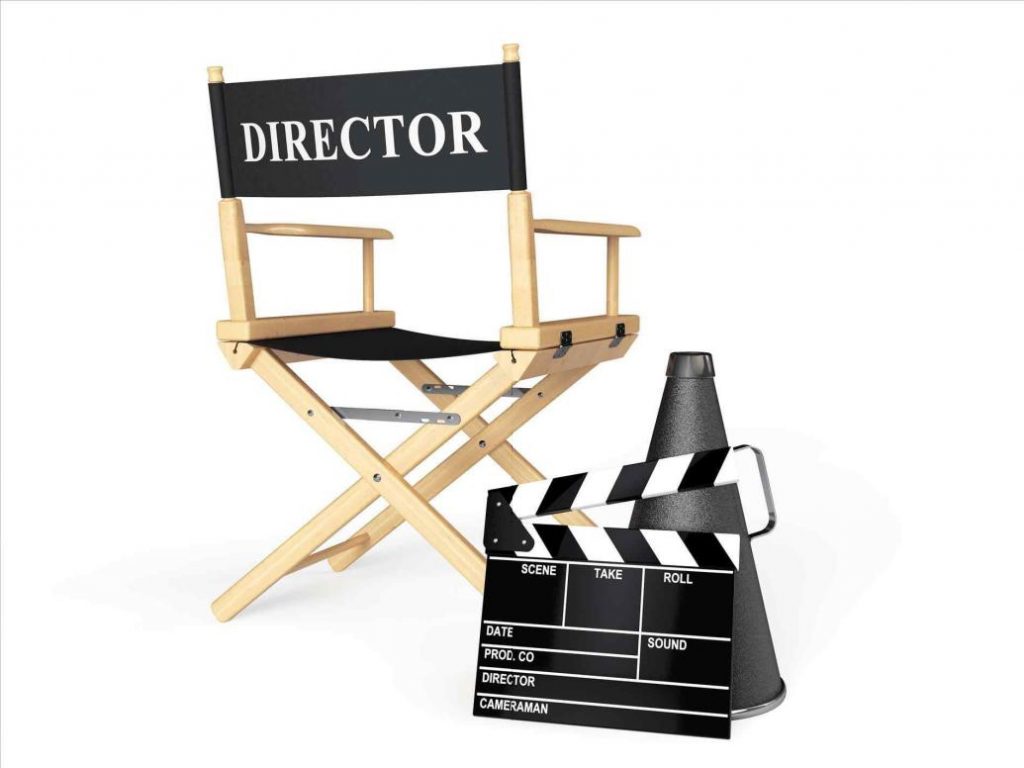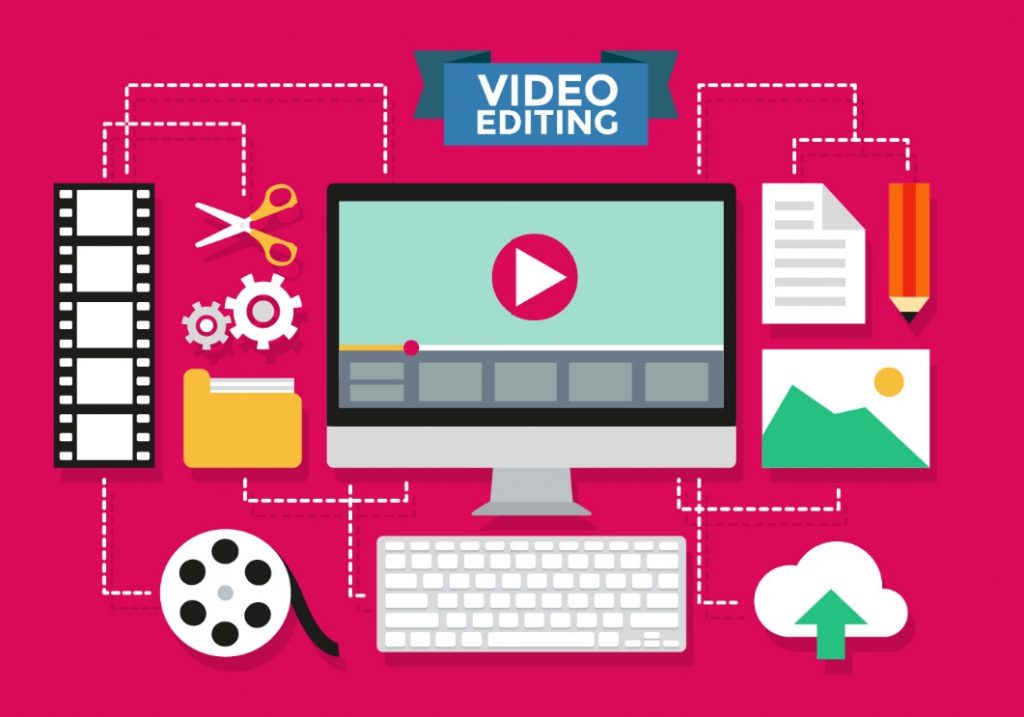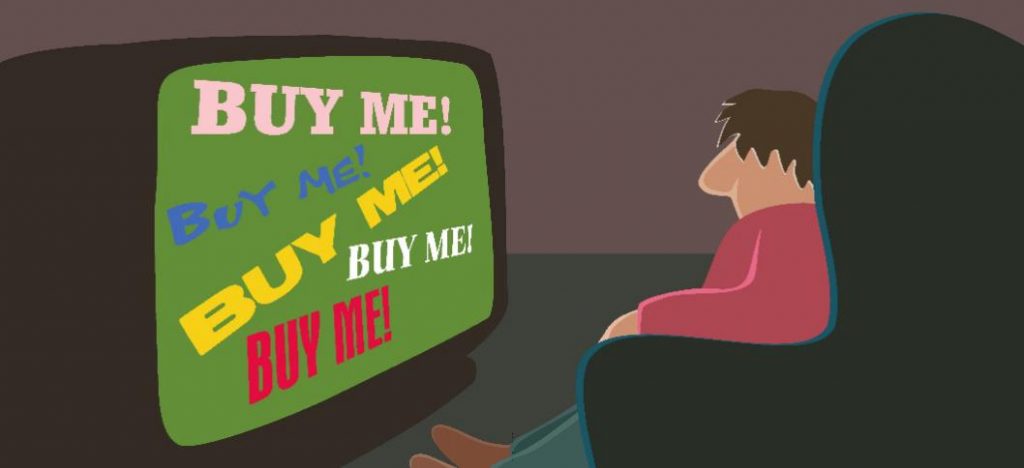Ways Transcript Can Speed Up a Video Editor’s Workflow
Transcriptions and video editing
An average movie usually has a length of 2 hours, more or less. If it is a good one, you will probably have the feeling that the time flies and you won’t even notice that 120 minutes have passed. But have you ever thought about how much time and effort making a movie actually requires?
First of all, every movie ever made started with an idea. Someone thought out the plot, characters and the conflict in the main story. Then usually comes the script that tells the plot in detail, describes the setting and usually contains the dialogues. This is followed by the storyboard. A storyboard includes drawings which represent the shots that are going to be filmed, so it is easier for everyone involved to visualize each scene. And then we have the question of the actors, castings are organized to see who is the best fit for each role.
Before the shooting of the movie starts, a set for the location needs to be built or a real location needs to be found. In the second case it is important to make sure that there is enough space for the cast and crew. Visiting the location before the shoot is crucial for this, and also to check the light and to see if there are any noise or similar disruptions.
After all the preproduction planning is done, finally we are getting to the filming process. Maybe now to your mind comes the stereotypical image of a movie director on set sitting in his lightweight chair that folds side-to-side. Then he shouts “Action” as the film sticks of the clapperboard clap shut. The clapperboard is used to help sync up picture and sound, and to mark the takes since they are filmed as well as audio-recorded. So, when the filming per se is done we get the movie? Well, not really. The whole process isn’t quite done yet and if you think everything mentioned up until now would take a long time, please arm yourselves with patience. Because now starts the post-production part.

After the movie is shot, for some professionals who work in the movie industry, the job is just about to begin. One of them are video editors. Editors face many challenges during the editing phase of a movie recording. They are in charge of all the camera footage, but also special effects, color and music. The editing process if far from being simple. And their main task is really important: they are supposed to bring the actual movie to life.
Raw footage – huge pile of files which are meant to be edited
As you maybe already know, some movie directors are sticklers for details and maybe that is their secret to success. Some scenes require many takes in order for the directors to be satisfied. By now you might think that movie editing is a time-consuming job. And you are for sure right about that.
Before the movie is edited, we have unsorted camera output, the so-called raw footage – which is everything that was recorded during the movie shooting. At this point let’s go into some details and explain the term shooting ratio. Directors always shoot more than they need, so naturally not all of the material is going on screen to be seen by the public. The shooting ratio shows how much footage is going to waste. A film with a shooting ratio of 2:1 would have shot twice the amount of footage that was used in the final product. Since shooting isn’t very expensive anymore, the shooting ratio has skyrocketed over the last 20 years. In the old days it used to be less, but today the shooting ration is around 200:1. To put it in simper words we can say that at the beginning of the editing process there are around 400 hours of raw footage which needed to be checked and edited so that in the end the final product is a two hours long movie. So, as we explained, not all shots will make it into the movie: some are just not valuable to the story and some contain mistakes, mispronounced lines, laughs etc. Still, all those shots are part of the raw footage where editors choose from and put together the perfect story. Raw footage are files made in a specific format so that all the details stay preserved. It is the job of the editor to digitally cut the files, put together the sequence of the film and decides what is usable and what is not. He transforms the raw footage creatively taking into account that it meets the needs of the final product.

Movie editors are for sure happy to know that in the movie industry things are progressing in terms of technology which for them means more efficiency. When we are talking about production, we can say that it is more and more taking place on a file basis and the traditional tape isn’t really used as much anymore. This makes the job for editors a little bit easier, but still, those raw footage files are not stored in order, and the problem is even bigger if more cameras are shooting a scene.
There is also another thing that helps editors: transcripts became helpful tools for the editing process by simplifying it, especially in cases when the dialogues aren’t scripted. When it comes to finding the right take, transcripts are a real-life savior. When an editing department has transcripts, it means that the editor doesn’t have to search for quotes and keywords and he doesn’t have to go over and over through the raw footage. If he has a text document on-hand it is easier and much faster to search through the editing work. This is especially helpful in cases of documentaries, interviews and focus group recordings.
A good transcript will provide the editor with a speech-to-text version of the video footage, but, if needed, also with timestamps, names of the speakers, verbatim speech (all the filler words like the “Uh! “, the “Oh!”, the “Ah!”). And of course, the transcript shouldn’t contain any grammatical or spelling errors.
Timecodes
Timecodes play a great role in the filming process, i.e. in the video production because they help to synchronize two or more cameras. They also make it possible to match audio tracks and videos that were recorded separately. During film-making, the camera assistant typically logs the beginning and ending timecodes of a shot. The data will be sent on to the editor for use in referencing those shots. It used to be done by hand using pen and paper, but today it is typically done using a software that is connected to the camera. Timecodes are reference points and as such they do save some time. But the movie editor still needs to glance over the raw footage and this takes time. Transcripts could help in this case, but this only makes sense if the transcripts have timestamps (of course they need to be synchronized with the timecodes of the movie). This makes it possible for the producer to write comments on the transcripts which will help the editor with his work. The editor will be more productive, because he won’t have to move from one task (watching the footage) to another task (editing the footage). No switching between tasks, means also that the editor won’t lose his flow and will concentrate better on the job that needs to be done.
Commercials
Transcripts can play an important role in the television industry as well. Let’s take for example a TV show. It can be broadcast live, but many are also recorded for later viewing. Often, we have reruns of old famous TV shows. How many times have you seen Friends or Oprah? Apart from that you can find your favorite shows also on streaming services, viewed on demand. All of this also means that the commercials need to be changed from occasion to occasion. Sometimes television standards change and more commercials need to be included for financial purposes, so the TV show has to be edited to add several extra minutes of commercials. Once again, transcripts will help editors, since they make it easy to scan a TV show episode and to insert a new commercial footage without any problems.

Recap
Television networks, film producers, multimedia companies use transcriptions for a reason. If you are an editor you should try to incorporate transcriptions in your editing process. You will see that you are progressing more efficiently. With all the dialogues in a digital transcript, you will be able to quickly find what you are looking for. You won’t have to go through hours and hours of raw footages, so you and your team will have more time to focus on other things.
It is important that you find a reliable transcription service provider, like Gglot which will in a short period of time deliver raw footage transcripts accurately. We work only with professional transcribers who are fully trained and qualified specialists and who sign a non-disclosure agreement, so you can trust us with your material.